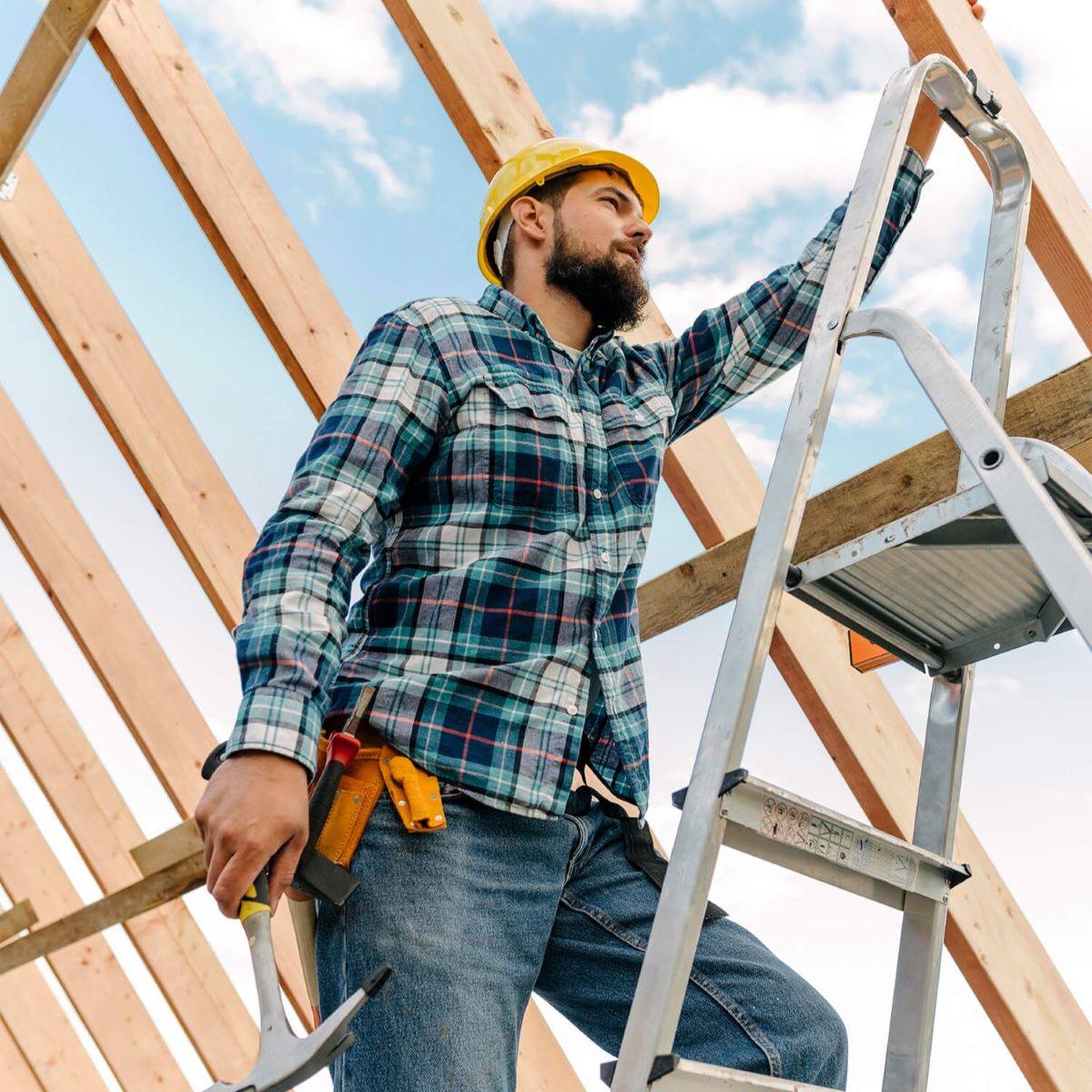

Articles
How To Properly Set Up A Ladder
Modified: August 28, 2024
Learn how to set up a ladder safely and efficiently with our informative articles. Get expert tips and step-by-step guides to make ladder setup a breeze.
(Many of the links in this article redirect to a specific reviewed product. Your purchase of these products through affiliate links helps to generate commission for Storables.com, at no extra cost. Learn more)
Introduction
When it comes to tackling various tasks around the house or workplace, a ladder is an essential tool that can help you reach high areas safely and efficiently. Whether you need to change a light bulb, paint a ceiling, or clean out gutters, having the right ladder and knowing how to set it up properly is crucial for your safety.
In this article, we will guide you step by step on how to set up a ladder correctly to ensure stability and prevent accidents. We will also provide essential safety precautions to keep in mind while using a ladder. So, let’s dive in and learn how to set a ladder the right way.
Key Takeaways:
- Prioritize safety by choosing the right ladder, inspecting it thoroughly, and setting it up correctly. Remember to maintain stability, use caution while climbing, and follow safety measures to prevent accidents.
- Select the appropriate ladder for your task, position it correctly, and climb with caution. By incorporating safety practices, you can confidently use a ladder for various projects while minimizing the risk of accidents.
Read more: How To Properly Move An Articulated Ladder
Safety Precautions
Before you even think about setting up a ladder, it’s crucial to prioritize safety. Ladder-related accidents can lead to serious injuries, so taking the necessary precautions is essential. Here are some safety tips to keep in mind:
- Choose the right ladder for the job: Different ladder types are designed for specific tasks and load capacities. Ensure you select a ladder that is suitable for the height and weight requirements of your project.
- Inspect the ladder: Before using a ladder, thoroughly inspect it for any signs of damage, such as cracks or loose rungs. Ensure that all components, including locks and hinges, are in good working condition.
- Set up on a stable surface: Always set up the ladder on a firm and level surface. Avoid placing it on uneven or slippery ground that could cause it to wobble or shift during use.
- Clear the area: Remove any obstacles, debris, or tripping hazards from the surrounding area where you will be working. This includes ensuring that there are no overhead power lines that could pose a danger.
- Check the weather conditions: Avoid using a ladder during inclement weather, such as strong winds, rain, or ice. These conditions can make the ladder unstable and increase the risk of accidents.
- Wear appropriate attire: Use shoes with non-slip soles to provide traction while climbing the ladder. Avoid loose clothing or accessories that could get caught on the ladder.
- Use a ladder buddy: Whenever possible, have someone else present while you work on a ladder. They can provide assistance, hold the ladder steady, or call for help in case of an emergency.
- Follow weight capacity guidelines: Ladders have weight limits indicated by the manufacturer. Never exceed the specified weight capacity to prevent the ladder from collapsing or breaking.
- Use caution when climbing and descending: Always maintain three points of contact with the ladder (two feet and one hand) when climbing or descending. Avoid sudden movements or leaning too far to maintain balance.
Remember, these safety precautions are vital for preventing accidents and ensuring your well-being while working with a ladder. Take the time to familiarize yourself with them and always exercise caution when using a ladder.
Selecting the Right Ladder
Choosing the right ladder for your specific task is crucial for ensuring safety and efficiency. With various ladder types available, it’s essential to consider the following factors when selecting the appropriate ladder:
- Type of work: Determine the type of work you will be doing. For example, if you need to access high areas such as roofs, a straight or extension ladder would be suitable. If you require a ladder for electrical work, a fiberglass ladder is preferable to avoid conductivity.
- Height requirement: Measure the height you need to reach to determine the ladder’s required height. As a general rule, the ladder should extend three feet above the intended work area to provide stability and a safe handhold.
- Weight capacity: Consider your weight and the weight of any tools or materials you will carry while on the ladder. Ensure to choose a ladder with a weight capacity that exceeds the total weight you will be putting on it.
- Ladder material: Ladders are typically made of aluminum or fiberglass. Aluminum ladders are lightweight and suitable for general household tasks, while fiberglass ladders are non-conductive, making them safer for electrical work.
- Portability: If you need to move the ladder frequently or store it in a limited space, consider a compact and portable ladder that can be easily folded or maneuvered.
- Additional features: Some ladders come with additional features like built-in tool trays, safety locks, or stabilizer bars. Evaluate these features to determine if they are necessary for your specific needs.
Once you have determined the ladder type, height, weight capacity, and material that meets your requirements, you can confidently move forward with your ladder selection.
Remember, never compromise on the ladder’s quality or choose a ladder that does not meet the safety standards necessary for your task. Investing in the right ladder will provide long-term safety and ensure efficient completion of your projects.
Inspecting the Ladder
Before setting up the ladder, it is crucial to thoroughly inspect it for any signs of damage or wear. A proper inspection helps ensure that the ladder is in good condition and safe to use. Here are the steps to follow when inspecting a ladder:
- Check for structural integrity: Examine the ladder for any signs of cracks, dents, or bent rails. Ensure that the ladder is not damaged and that all components, including rungs, hinges, and locks, are in good working condition.
- Inspect the ladder feet: Look for any worn-out or damaged rubber or plastic feet on the ladder’s base. These feet provide stability and prevent the ladder from slipping on surfaces. Replace any damaged feet to maintain a secure footing.
- Test the ladder locks: If your ladder has lock mechanisms, ensure they engage properly and securely hold the ladder in place. Check that the locks release smoothly and do not stick or jam.
- Inspect the ladder rungs: Check each rung for any signs of damage, such as cracks, splinters, or excessive wear. Make sure the rungs are firmly secured and do not move or wobble when pressure is applied.
- Look for any loose or missing parts: Check that all screws, bolts, and other fasteners are tight and secure. Replace any missing or damaged parts to ensure the ladder’s stability and structural integrity.
- Verify the ladder labels: Look for the manufacturer’s labels and safety information on the ladder. Ensure that the ladder meets safety standards and has not exceeded its recommended lifespan.
By thoroughly inspecting the ladder before each use, you can identify and address any potential safety concerns. If you notice any significant damage or issues during the inspection, it is best to refrain from using the ladder and have it repaired or replaced.
Remember, regular maintenance and inspection of your ladder play a crucial role in ensuring your safety while using it. Make it a habit to inspect your ladder before every use and address any issues promptly to prevent accidents.
Setting Up the Ladder
Now that you have selected a suitable and inspected ladder, it’s time to set it up properly to ensure stability and safety. Follow these steps to set up your ladder correctly:
- Choose the right location: Find a suitable location to set up the ladder. Ensure the ground is firm, level, and free from any debris or obstacles that could affect the ladder’s stability.
- Face the ladder: Stand facing the ladder and position it so that the rungs face towards you. This way, you can easily climb up and down without any hindrances.
- Extend the ladder fully: If you are using an extension ladder, extend it fully by pulling the bottom and top sections apart until the ladder is at the desired length. Ensure that the locking mechanisms engage securely to hold the ladder in place.
- Lean the ladder at the correct angle: Place the bottom of the ladder a distance from the vertical support equal to one-quarter of the ladder’s working length. For example, if the ladder is 16 feet long, the base should be positioned 4 feet away from the support.
- Ensure overlap for extension ladders: If you are using an extension ladder against a structure, make sure to have at least a three-foot overlap between the two sections to maintain stability.
- Use a ladder stabilizer: If possible, consider using a ladder stabilizer or standoff to create a gap between the ladder and the support. This helps improve stability and prevents damage to the supporting surface.
- Secure the ladder: If the ladder has built-in hooks or straps, secure them to the supporting structure to prevent any accidental movement or shifting during use.
Always remember to follow the ladder manufacturer’s instructions regarding the specific set-up requirements for your ladder type. By setting up the ladder correctly, you ensure its stability and minimize the risk of accidents.
Once the ladder is set up, it’s essential to ensure it is positioned correctly to maintain stability and provide a safe working environment. In the next section, we will discuss how to position the ladder properly for different tasks.
When setting up a ladder, always make sure it is on a stable and level surface. Use the 4-to-1 rule: for every 4 feet of height, move the base 1 foot away from the wall. And always maintain three points of contact while climbing.
Read more: How To Properly Clean Wooden Dining Chairs?
Positioning the Ladder
Proper positioning of the ladder is essential to maintain stability and safety while working at heights. The incorrect placement of the ladder can lead to accidents and injuries. Follow these guidelines for positioning the ladder:
- Ensure a stable base: Make sure the ladder’s base is on a level surface, free from any bumps, unevenness, or slippery substances. If needed, use plywood or a ladder leveler to create a stable foundation for the ladder.
- Avoid unstable support: Do not place the ladder on unstable surfaces such as loose soil, gravel, or sloping ground. These surfaces can cause the ladder to tilt or shift during use.
- Angle of the ladder: The ladder should have a safe and comfortable incline. For extension ladders, the base of the ladder should be positioned one foot away from the wall or support for every four feet of ladder height. This creates a safe angle of around 75 degrees.
- Secure the ladder: If possible, attach the ladder to the support using straps, hooks, or brackets to provide additional stability and prevent any sideway movement.
- Clear surrounding hazards: Make sure the area around the ladder is clear from any obstacles or tripping hazards. Remove any tools, debris, or cables that could interfere with your movement or cause accidents.
- Use the 4-to-1 rule: The ladder should extend at least three feet above the landing surface or working area. This provides a secure handhold when transitioning to and from the ladder and prevents the risk of falling.
Remember, the ladder should be positioned in a way that allows you to maintain proper balance and stability while using it. Take your time to position the ladder correctly before climbing to avoid any potential accidents.
In the next section, we will discuss the safe techniques for climbing and using the ladder to ensure your safety throughout the task.
Climbing the Ladder
When it comes to climbing a ladder, safety should always be the top priority. Follow these steps and safety tips to ensure a secure and stable climb:
- Face the ladder: Always face the ladder while climbing and descending. Maintain a firm grip on the ladder’s rungs and keep your body centered between the rails.
- Maintain three-point contact: Maintain three points of contact with the ladder at all times – two hands and one foot, or two feet and one hand. This provides stability and reduces the risk of slips or falls.
- Do not rush: Take your time while climbing the ladder. Avoid making sudden movements or rushing, as it can compromise your balance and stability.
- Do not overreach: Never overreach while on the ladder. Your belt buckle should always remain within the ladder’s side rails. If you need to reach further, climb down and reposition the ladder correctly.
- Use tools and equipment properly: If you need to carry tools or materials, use a tool belt or a bucket with a hoist to transport them. Avoid carrying heavy or bulky items in your hands while climbing the ladder.
- Avoid distractions: Stay focused on your task and avoid any distractions while on the ladder. Keep your attention on your balance and the surrounding area.
- Take one step at a time: Ascend or descend the ladder one step at a time. Maintain a secure grip on the ladder’s rungs and ensure each foot is firmly placed before taking the next step.
- Communicate with others: If you are working with a partner or a team, communicate with them to ensure a safe climb. Coordinate your movements and work together to maintain stability.
- Never stand on the top rung: The top rung of a ladder should never be used as a step. It is not designed to bear weight and can cause the ladder to tip over.
Following these climbing techniques will help minimize the risk of accidents and ensure your safety while using the ladder. Remember, always prioritize your well-being and never take unnecessary risks.
In the next section, we will discuss additional safety measures to keep in mind while using the ladder.
Using the Ladder Safely
In addition to proper ladder setup and climbing techniques, there are additional safety measures to keep in mind while using the ladder. Follow these guidelines to ensure maximum safety:
- Do not exceed the weight limit: Every ladder has a weight limit indicated by the manufacturer. Make sure you and any equipment or materials you carry do not exceed this limit.
- Avoid sudden movements: While on the ladder, avoid sudden movements or jerking motions that can throw off your balance. Move slowly and deliberately to maintain stability.
- Keep your body centered: Always keep your body centered between the side rails of the ladder. Leaning too far to one side can cause the ladder to tip over.
- Avoid side-to-side movement: Minimize any side-to-side movement on the ladder. Keep your weight evenly distributed and focused on going up or down rather than leaning to the sides.
- Stay alert to your surroundings: Be aware of the location of any electrical wires or other potential hazards near or above the ladder. Make sure to maintain a safe distance.
- Never leave the ladder unattended: Do not leave the ladder unattended, especially if it is set up in a public space. This prevents unauthorized use and reduces the risk of accidents.
- Inspect the ladder during use: Periodically inspect the ladder while using it to ensure it remains secure and in good condition. Check for any signs of damage or instability.
- Use a safety harness if necessary: If you are working at a significant height or in a precarious position, consider using a safety harness and tying off to a secure anchor point.
- Use caution when descending: Descending the ladder can be just as dangerous as ascending. Take your time and grip the ladder securely while carefully moving your feet down to each rung.
- Store the ladder properly: After using the ladder, store it in a clean and dry area away from any extreme temperatures or environmental factors that could cause damage.
By following these safety measures, you can significantly minimize the risk of accidents while using the ladder. Always prioritize your safety and be aware of your surroundings.
Before we conclude, let’s summarize the key points discussed in this article.
Conclusion
Setting up and using a ladder may seem like a straightforward task, but it’s important to prioritize safety every step of the way. By following the guidelines and safety precautions discussed in this article, you can ensure a secure and accident-free experience while using a ladder.
Remember to select the appropriate ladder for your task, ensure it is in good condition through regular inspections, and set it up correctly on a stable surface. Position the ladder at the correct angle and maintain three-point contact while climbing. Take your time, avoid overreaching, and use caution at all times.
Whether it’s for simple household chores or more complex projects, ladders are invaluable tools that allow us to reach heights safely. By incorporating these safety practices into your ladder usage, you can significantly reduce the risk of accidents and work with confidence.
Always prioritize your well-being and follow the manufacturer’s instructions and safety guidelines specific to your ladder. Regularly inspect your ladder, keep it clean and properly store it when not in use. Safety should never be compromised when working with a ladder.
So, the next time you find yourself in need of reaching high places, remember these essential tips and use them to set up and use your ladder safely. Stay cautious, take your time, and make safety your number one priority.
Now, go ahead and confidently tackle those tasks that require a ladder, knowing that you are equipped with the knowledge and skills to do so safely!
Frequently Asked Questions about How To Properly Set Up A Ladder
Was this page helpful?
At Storables.com, we guarantee accurate and reliable information. Our content, validated by Expert Board Contributors, is crafted following stringent Editorial Policies. We're committed to providing you with well-researched, expert-backed insights for all your informational needs.

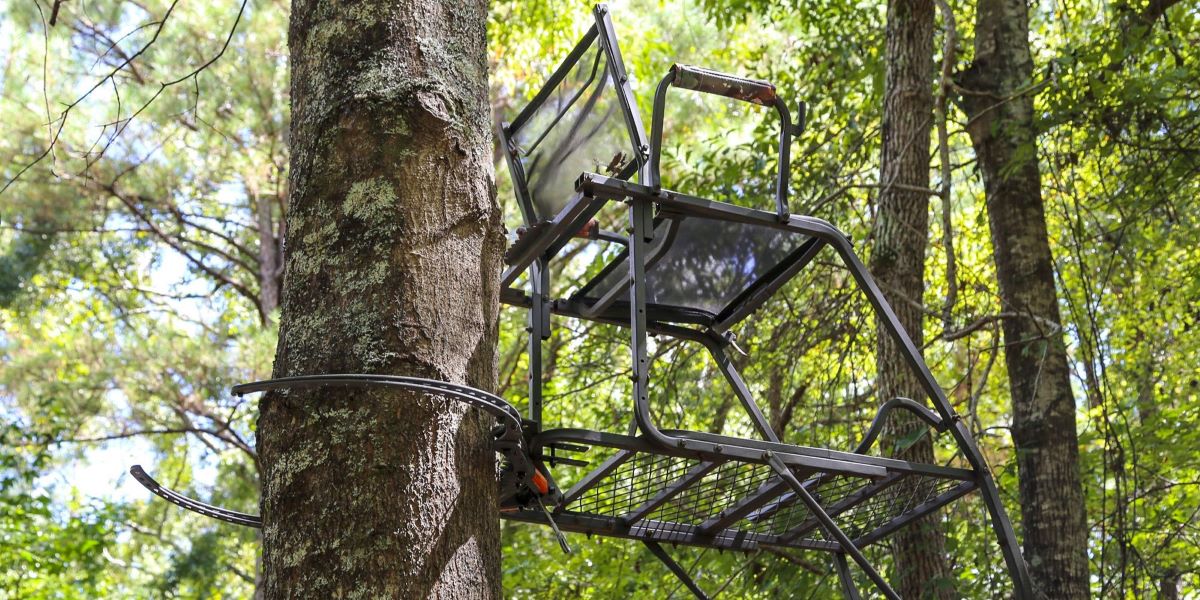
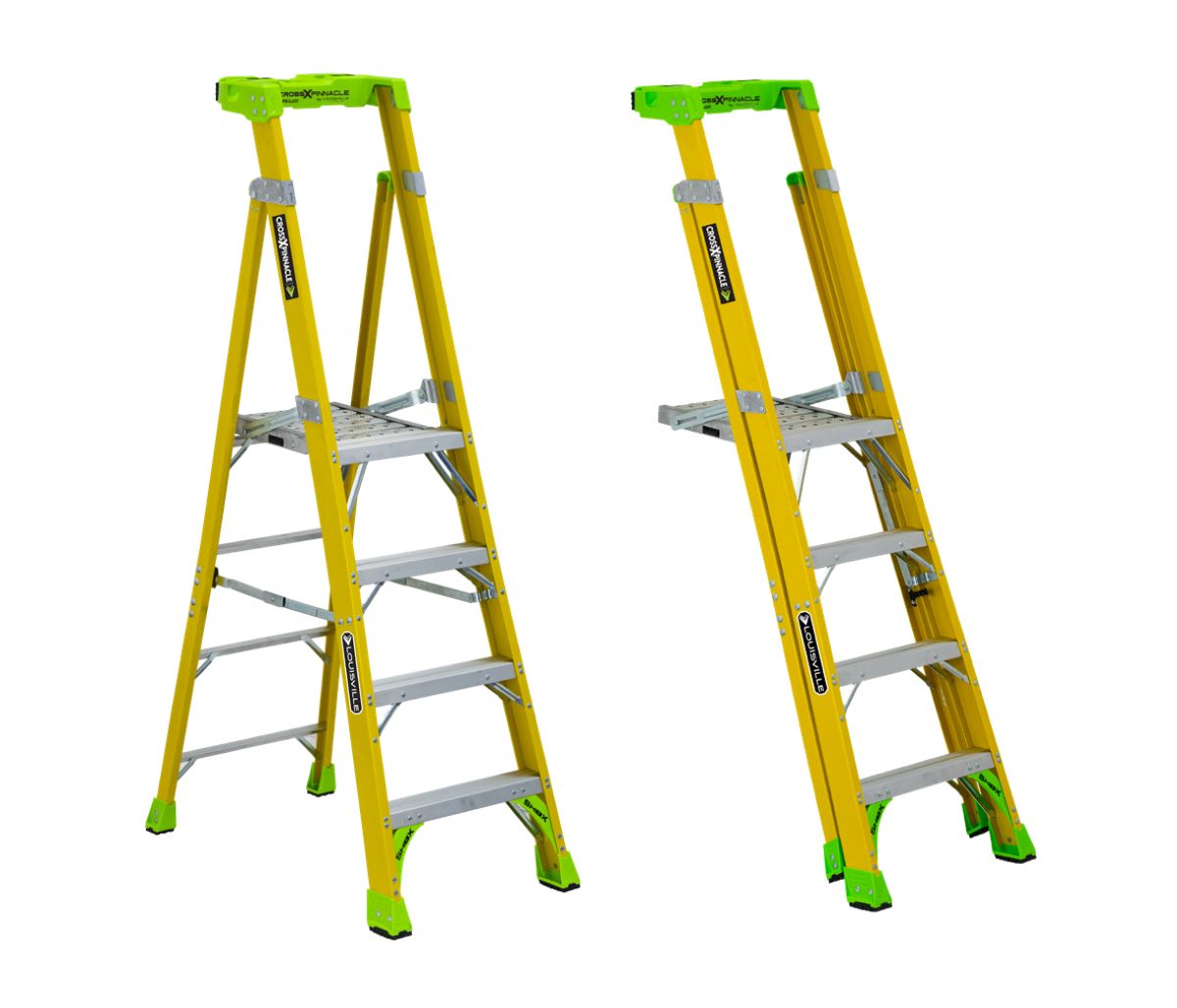
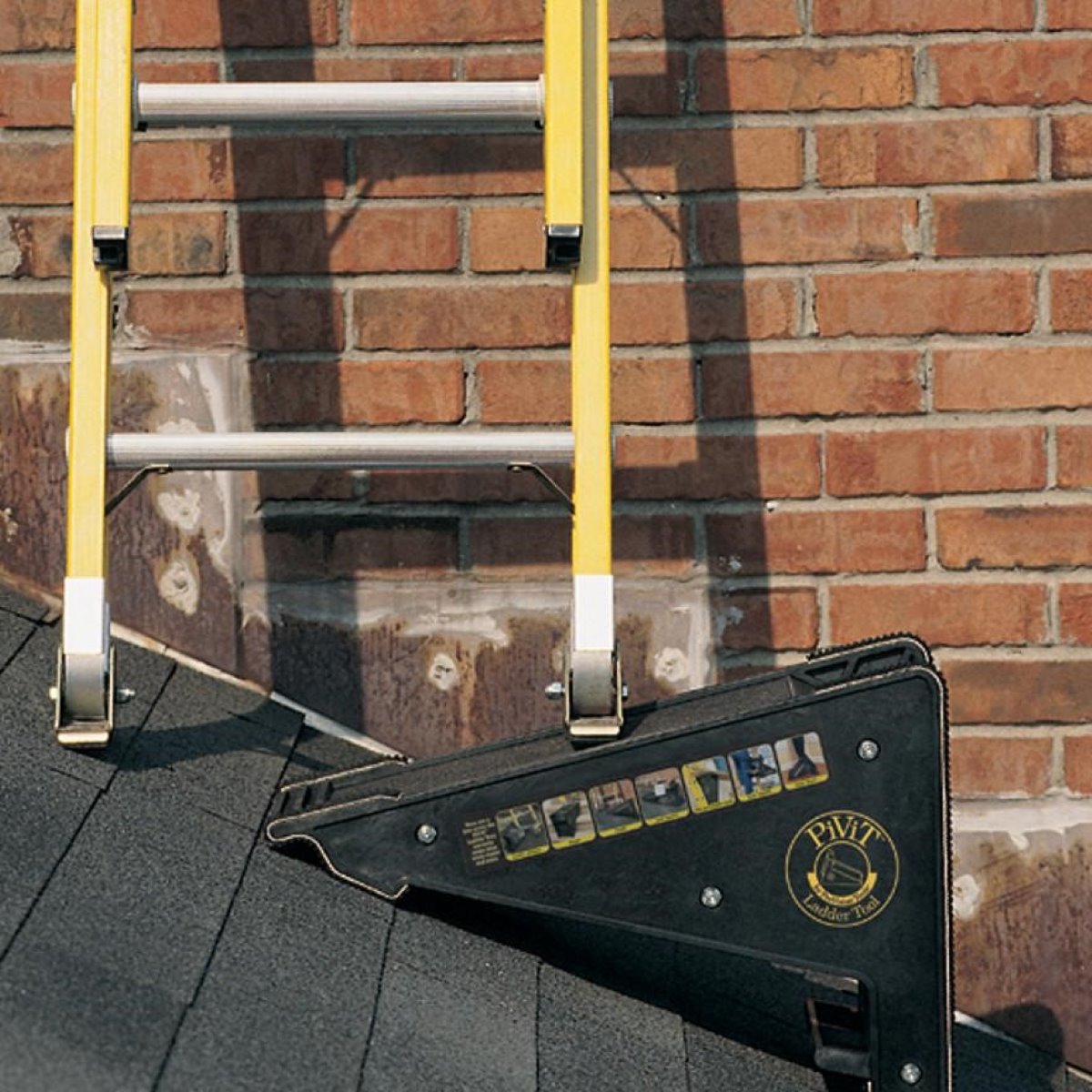

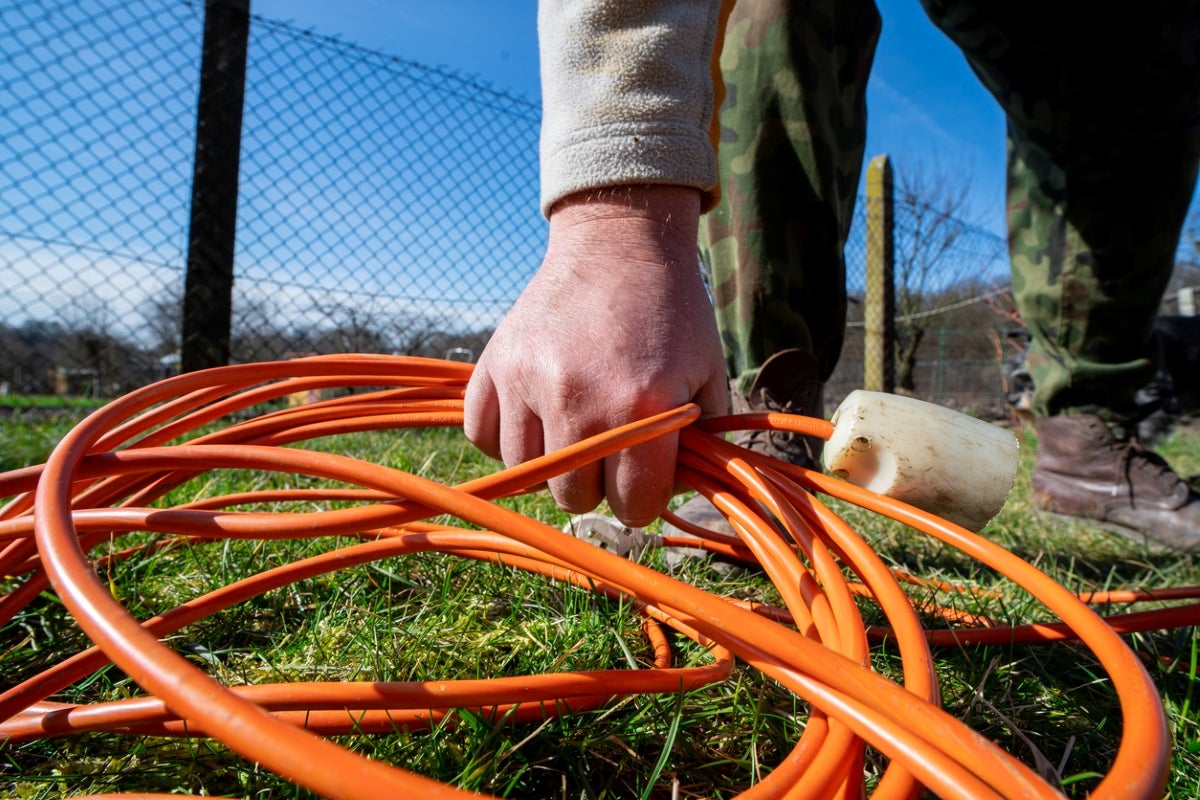



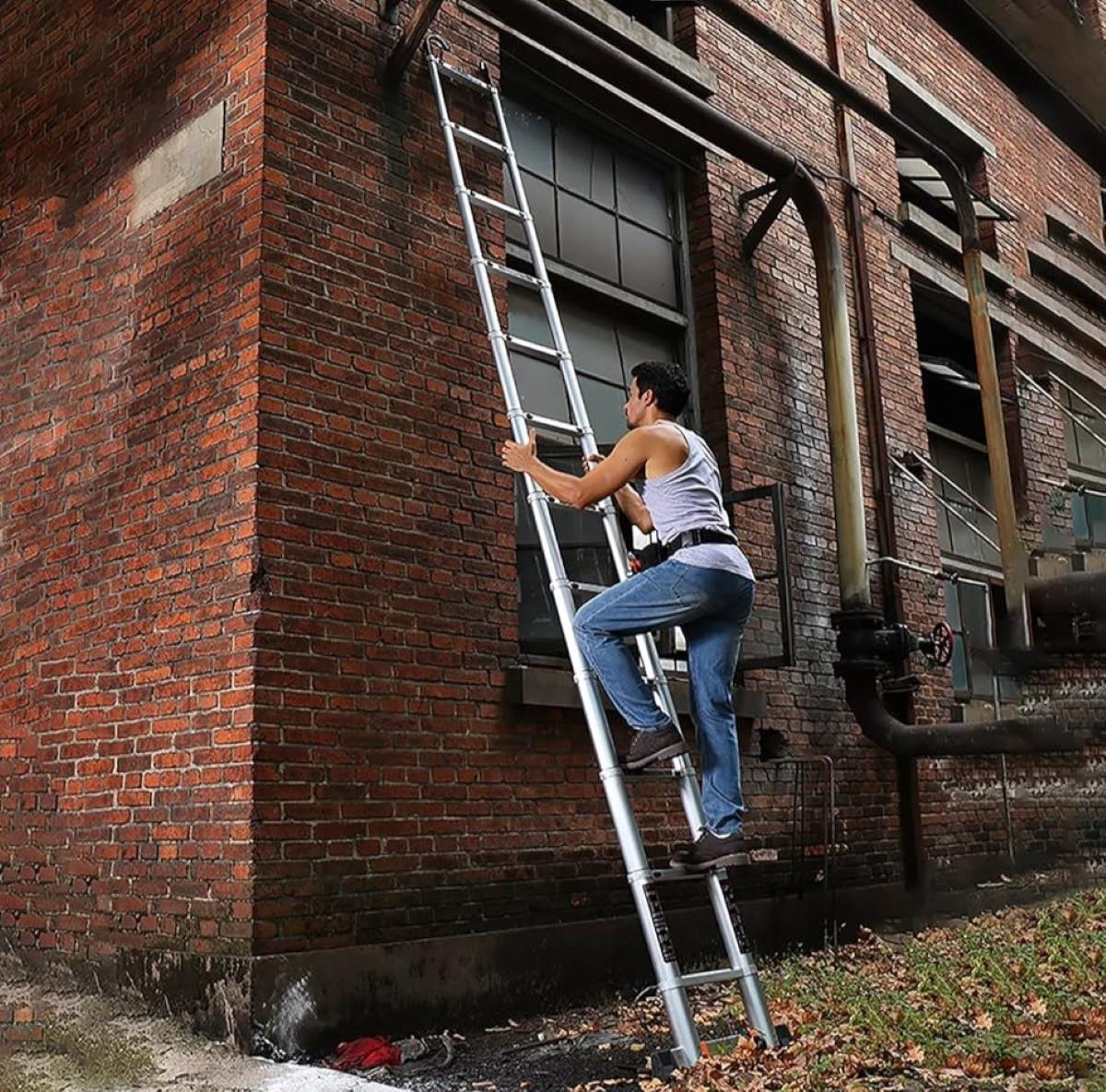
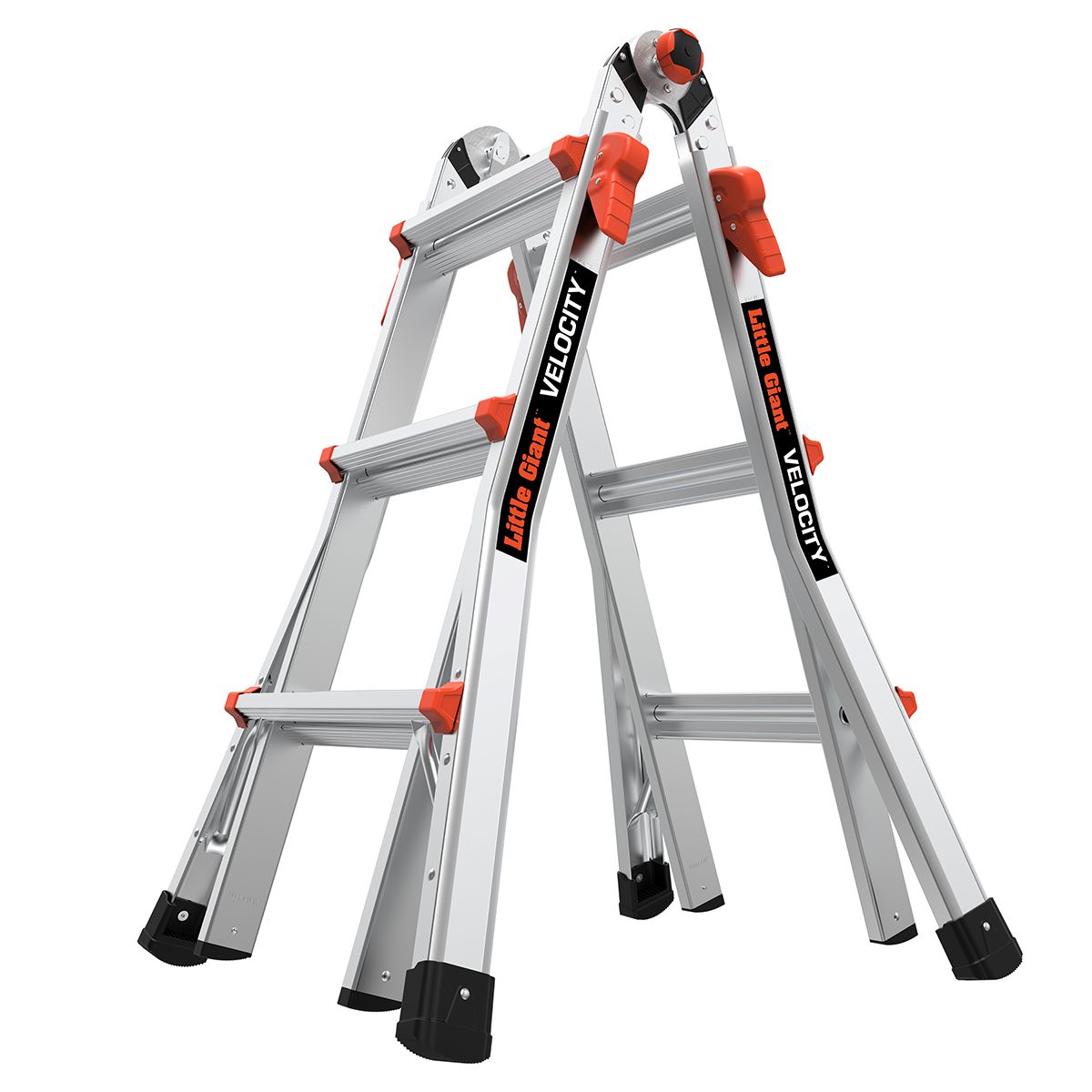




0 thoughts on “How To Properly Set Up A Ladder”